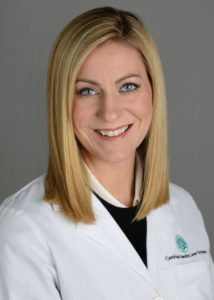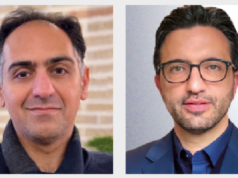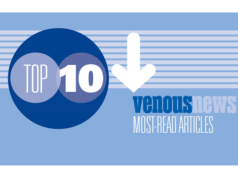This year’s venous and lymphatic programme at the Charing Cross (CX) International Symposium 2022 (26–28 April, London, UK, in person and virtual) will cover various challenges in the field—ranging from appropriate care conundrums to venous challenges in relation to the “hurting leg”. Challenges related to the superficial, deep and pelvic veins, as well as venous wounds, will be addressed.

According to CX 2022 venous and lymphatic executive board member Erin Murphy (Sanger Heart and Vascular, Atrium Health, Charlotte, USA), there has been a “rapid expansion” in the deep venous space in recent times, both in terms of interest and technologies. “This shift is also driving interest in the pelvic veins as well as the lymphoedema space,” Murphy communicates, noting that the combined interest in all of these areas will ultimately lead to the best outcomes for patients.
One of the subjects on this year’s programme is venous stenting. While this is a deep venous intervention, says Murphy, she stresses that the superficial and deep venous systems are related and that both need to be taken into account in the patient interest. “It is really not unusual any more that we need to be considering interventions in both systems,” Murphy believes. “The spaces have long been regarded as separate and are now coming together.”
New to this year’s venous and lymphatic programme will be the inclusion of a series of edited cases within the main programme to illustrate teaching points more concisely, a change endorsed by Murphy, who explains that she will be presenting cases focusing on the recognition and management of some venous complications that have recently come to the attention of specialists. “We are starting to see some new, very unusual complications arising in addition to stent occlusions,” she notes. Murphy stresses the importance of seeing not only how these complications can be fixed, but also how they can be prevented in the first place.
Murphy encourages wide participation in this year’s CX venous and lymphatic programme. “We are at a turning point in venous disease,” she notes, emphasising that, in order for the subject to move forward, those interested in the space “really need to come together to discuss, learn, and elevate the field to the next level. This requires not only advances in technology, but also in making sure we are addressing all components contributing to venous hypertension, selecting the right patients for intervention, and preventing complications.”
“I am very much looking forward to seeing everybody in person. I think education is so much more valuable in that format, so I do encourage everybody to attend in person this year if feasible.”












